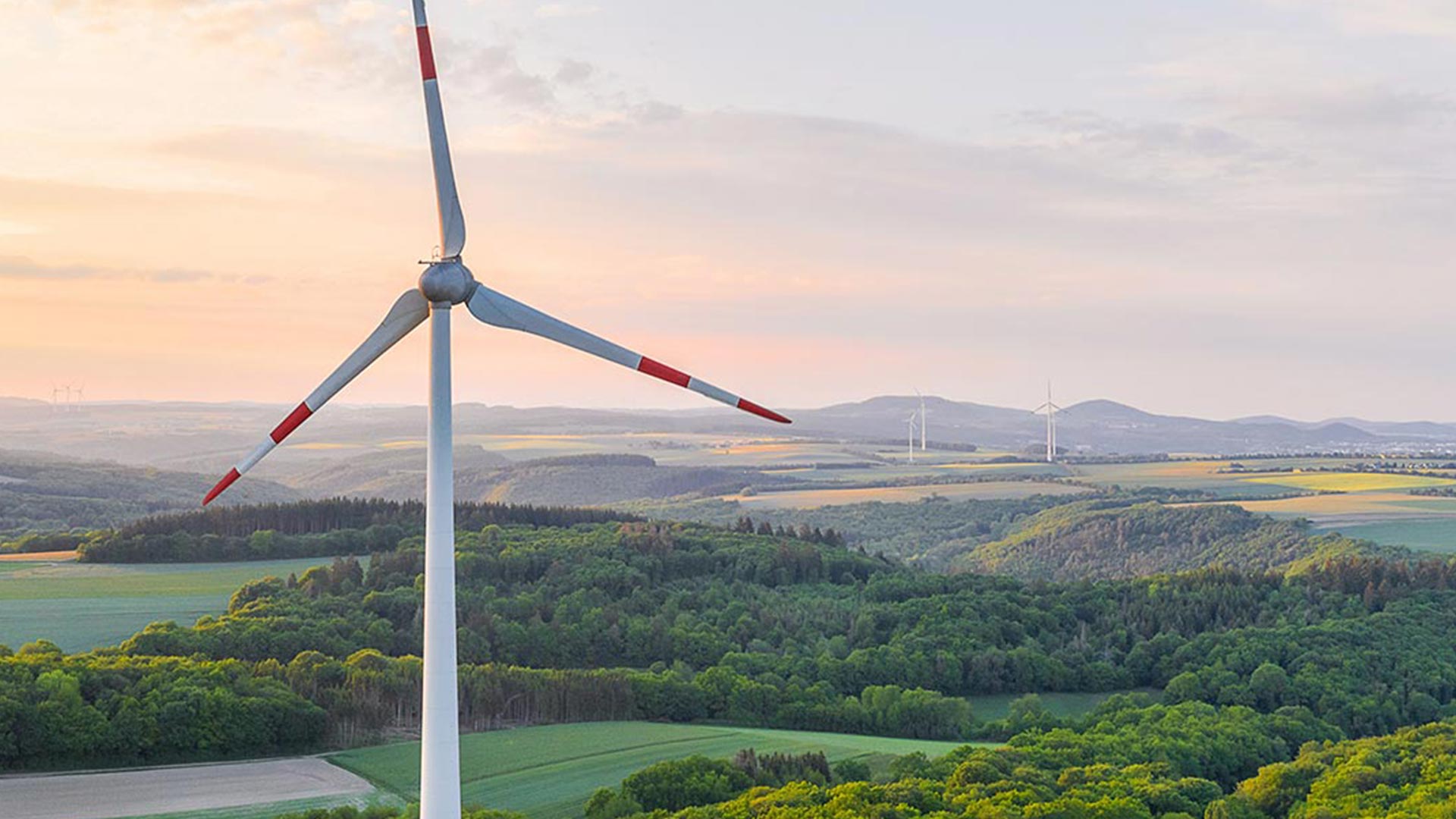1. How does solar energy help sustainable development?
Solar energy is critical in sustainable development by providing a clean, renewable, and abundant power source. It is a key component of the global shift toward low-carbon energy systems, helping to reduce greenhouse gas emissions and combat climate change. Solar energy can be harnessed through various technologies, including photovoltaic cells and solar thermal systems. It can be used for large-scale electricity generation and small-scale applications like powering homes and businesses. Additionally, solar energy can promote energy independence and access to electricity in remote areas where traditional power infrastructure is lacking. Overall, solar energy is an important tool for achieving sustainable development goals related to climate change mitigation, energy access, and economic development.
2. How wind energy can be used in green buildings for sustainability?
Wind energy can be used in green buildings in several ways to promote sustainability. The most common method is to install wind turbines on-site to generate electricity for the building's needs. This can be done through small-scale turbines installed on the rooftop or large-scale turbines installed nearby. Additionally, wind can provide natural ventilation and cooling, reducing the need for air conditioning systems. Designing buildings emphasising maximising natural airflow and incorporating features such as wind chimneys and venturi tubes can help utilise wind for passive cooling. Overall, using wind energy in green buildings can help to reduce greenhouse gas emissions and promote a more sustainable future.
3. How can renewable energy contribute to sustainable development?
Renewable energy sources such as solar, wind, hydro, geothermal, and biomass can significantly contribute to sustainable development. We can reduce our reliance on finite and non-renewable resources like fossil fuels by harnessing these energy sources. The production of renewable energy does not produce greenhouse gas emissions and thus helps to combat climate change. It also helps to create jobs in the renewable energy sector, leading to economic growth and increased energy independence. Additionally, renewable energy can improve access to power in remote and rural areas where traditional energy sources are unavailable. Using renewable energy can lead to a more sustainable and equitable future.
4. How the tidal power plant will ensure the environmental sustainability?
Tidal power plants harness the energy of ocean tides to generate electricity, providing a renewable energy source that does not emit greenhouse gases or produce harmful pollutants. Using this type of energy can reduce our reliance on non-renewable sources such as fossil fuels and nuclear power. Tidal power plants also have a minimal environmental impact compared to other forms of energy production, as they do not produce greenhouse gas emissions or require significant land use. By generating clean energy from the natural power of the tides, tidal power plants can contribute to the sustainable development of communities and help reduce our carbon footprint.
Finding effective solutions to global environmental concerns necessitates long-term action. The urgency of climate change has pushed the power industry to find innovative ways to decarbonize. With global economies coping with the impact of the pandemic and gradually moving toward the new normal, it has become imperative for industries and commercial facilities to rethink the scale of existing efforts to combat climate change.
Renewable energy qualifies as one of the foremost means to minimize the worst impacts of the climate crisis. Economic developments and technological advancements in renewables, such as carbon capture and storage, are directly impacting the strategies for sustainable development. This article gives you a detailed insight into the different types of renewable energy sources for sustainable development.
Renewable energy qualifies as one of the foremost means to minimize the worst impacts of the climate crisis. Economic developments and technological advancements in renewables, such as carbon capture and storage, are directly impacting the strategies for sustainable development. This article gives you a detailed insight into the different types of renewable energy sources for sustainable development.


